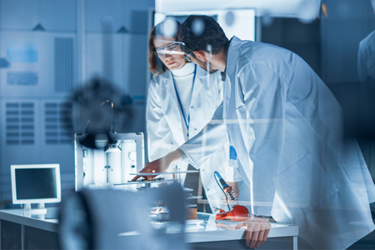Pros And Cons Of Engineering Runs

An engineering run (ER), executed either as part of process development or afterward, once the consolidation run (combining upstream processing and downstream processing) is complete, ensures the scale-up process works for biopharmaceutical manufacturing. The ER is run at GMP scale (e.g., 500L, 1000L, 2000L, etc.) and demands the same resources as a GMP run. Therefore, biopharma companies and their CDMO partners must make a risk- and evidence-based decision: Is conducting an ER in the best interest of their project?
At stake in this decision are project costs and timelines — including, potentially, first-to-market status — as well as confidence in the GMP production process and brand reputation. Assessing ER pros and cons is a must-do exercise for any project, but the significance assigned to each element (e.g., the cost, timeline, or risk of GMP run failure) varies on a case-by-case basis.
Ultimately, executing or skipping an ER is a consequential decision for any biopharma or CDMO and should be supported by all available data and a thorough risk assessment. This analysis requires an understanding of the benefits and pitfalls of an ER in the context of the organization’s particular circumstances.
Read this article to explore the ER decision-making process and how to analyze and understand the choices and their consequences.
Get unlimited access to:
Enter your credentials below to log in. Not yet a member of Bioprocess Online? Subscribe today.
